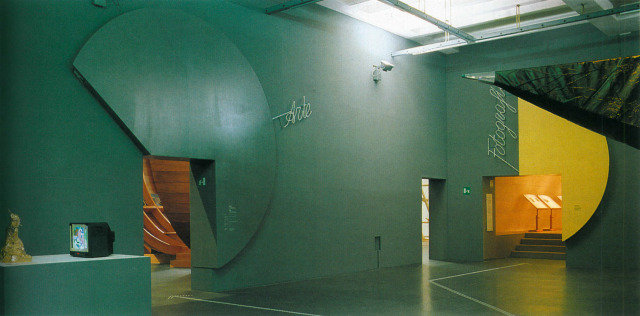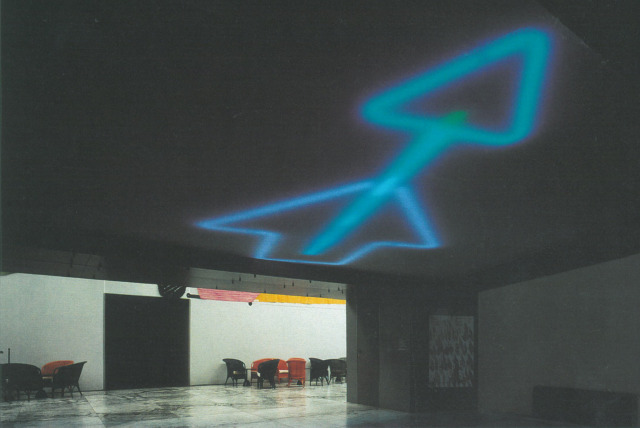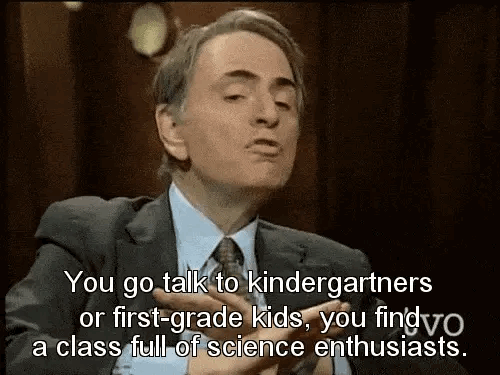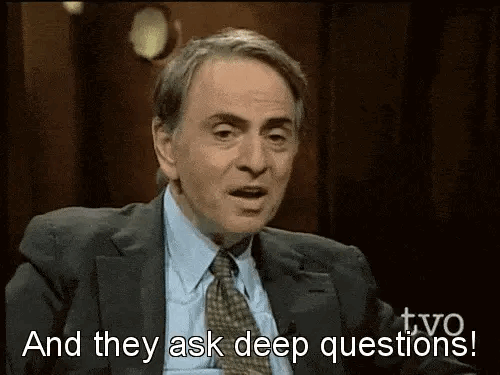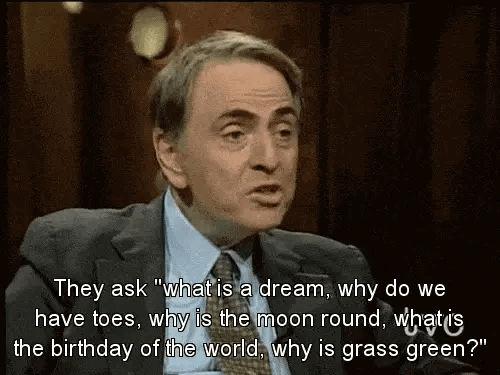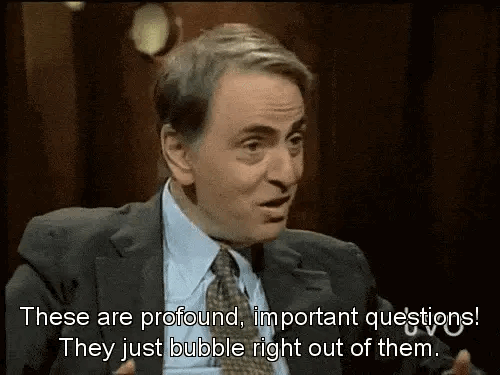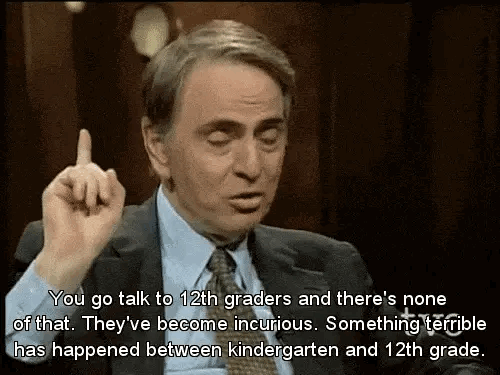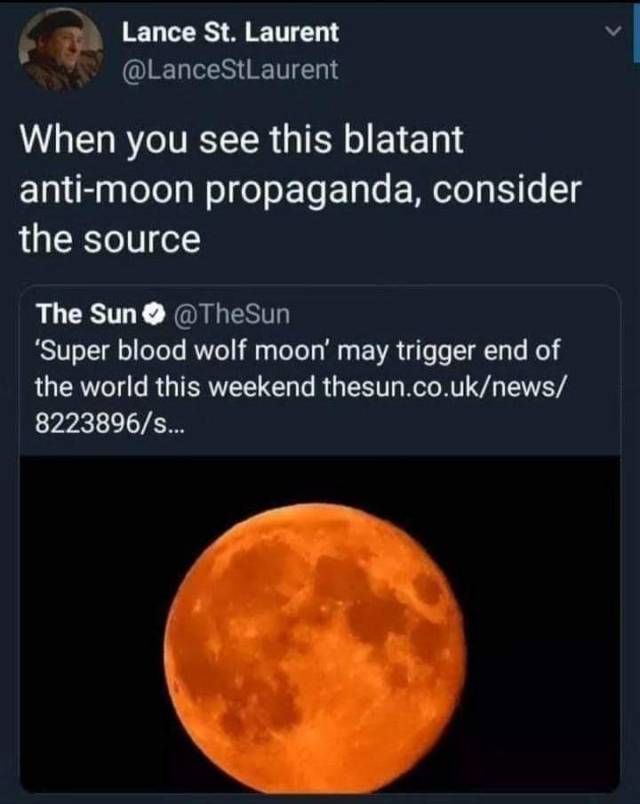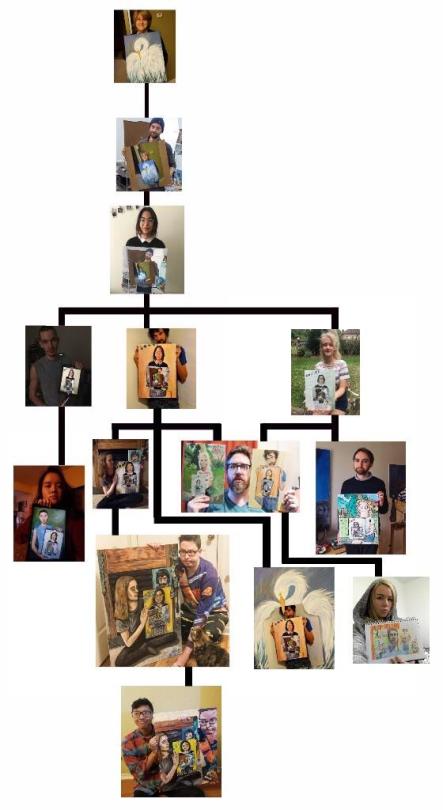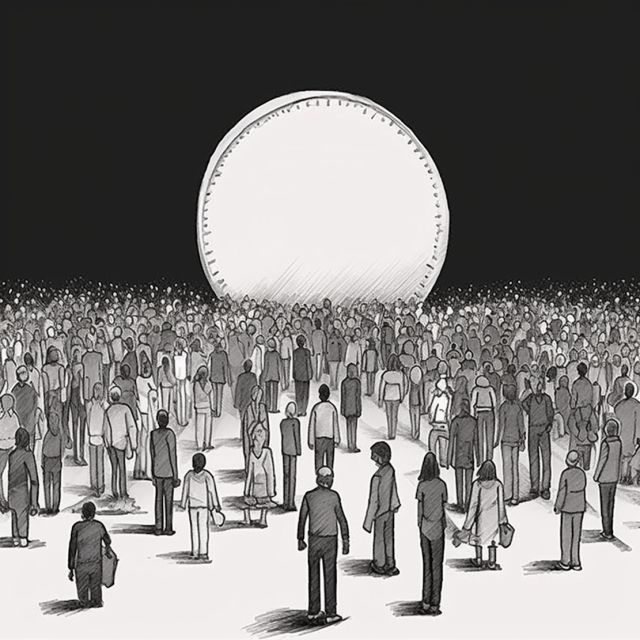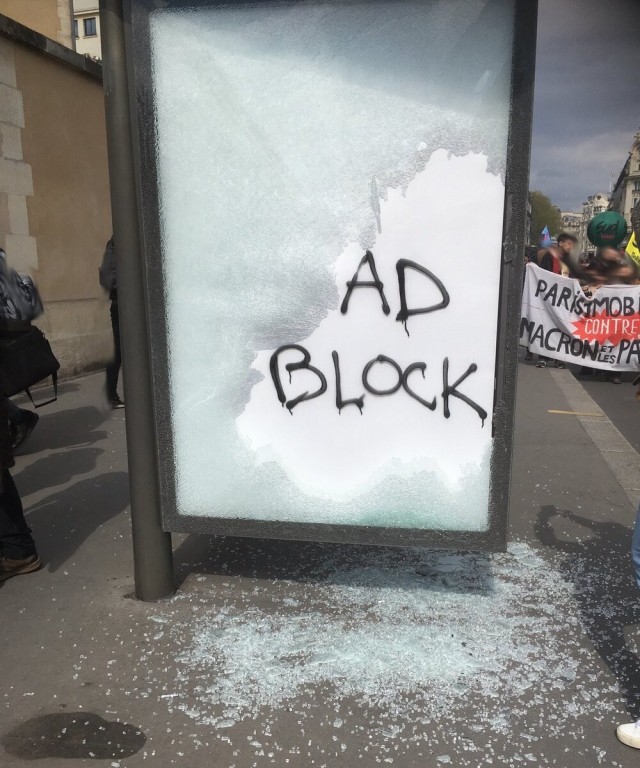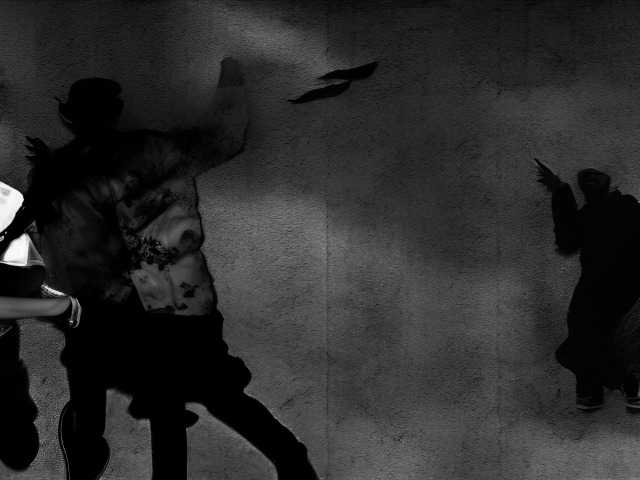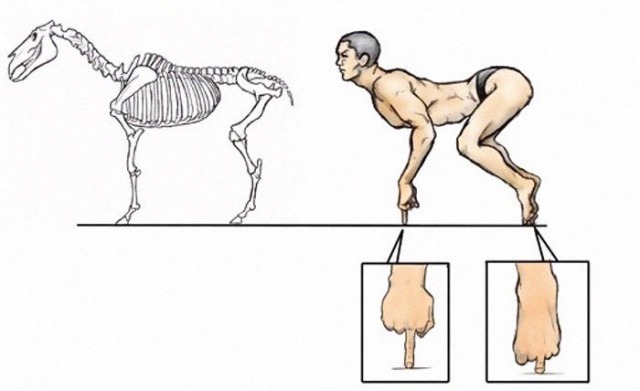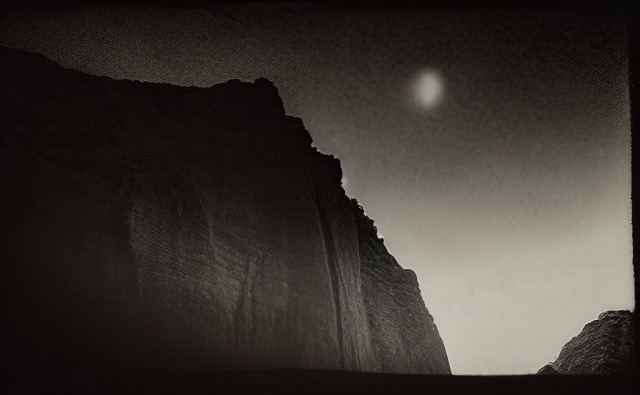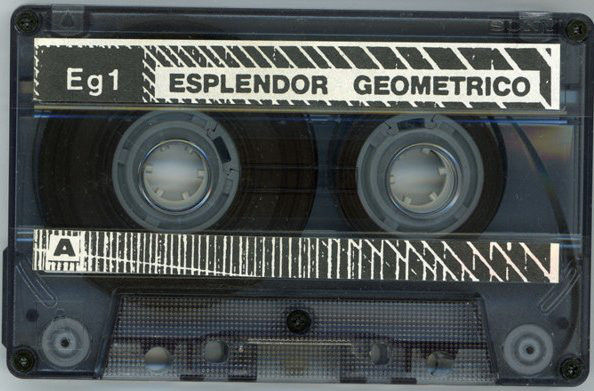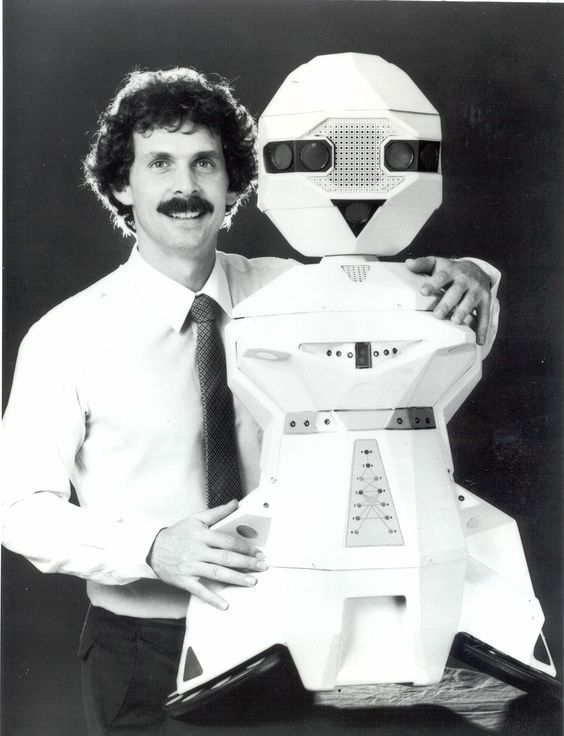Excerpt from this essay by Bill McKibben from his Substack blog. This particular essay is sobering, because Bill McKibben is connecting the effects of climate change with normally occurring variations to tell us we’re going to be in for a particularly evil period of high temperatures once El Niño settles in, as it seems to be doing right now.
This week’s Fort Lauderdale rainstorm was, on the one hand, an utter freak of nature (storms ‘trained’ on the same small geography for hours on end, dropping 25 inches of rain in seven hours; the previous record for all of April was 19 inches) and on the other hand utterly predictable. Every degree Celsius that we warm the planet means the atmosphere holds more water vapor; as native Floridian and ace environmental reporter Dinah Voyles Pulver pointed out, “with temperatures in the Gulf running 3 to 4 degrees above normal recently, that’s at least 15% more rainfall piled up on top of a ‘normal’ storm.”
Get ready for far more of it; there are myriad scattered signs that we’re about to go into a phase of particularly steep climbs in global temperature. They’re likely to reach impressive new global records—and that’s certain to produce havoc we’ve not seen before.
Climate change is, of course, an inexorable and grinding process; every year we pour more carbon and methane into the air, and eventually this inevitably results in higher temperatures. The real damage goes on without cease, month after month—see, for instance, our recent discussion about the ongoing collapse of the Antarctic ocean current that cycles nutrients across the earth’s seas. But our planet is not a simple test-tube, and its particular dynamics mean sometimes that warming is slower and sometimes faster. The last global record temperature came in 2016, and coincided with the peak of an El Nino warm cycle in the Pacific.
For much of the time since then we’ve been in a La Nina cool phase in the Pacific, and that’s depressed global temperatures—just a little. Every year has been in the top ten all time, but the global temperature has only matched, not exceeded, that record. Every time this cycle happens, climate deniers claim that the planet has begun to cool—but of course with the next El Nino the planet sets a new record, pushed higher by all the greenhouse gases that have accumulated in the meantime.
The fact that we’ve seen the most extreme heat waves and rainfalls in human history during this period of slightly depressed global temperatures is scary—when it hit 121 Fahrenheit in Canada the year before last, or when Chinese weather stations recorded all 30 of the hottest days in their history last summer, or when parts of Pakistan saw 700% of annual rainfall in one month last autumn, it was as if the beast that is global warming was snarling at the end of a very threadbare rope.
And now that rope is about to snap. Here are the latest odds from the Yale climate watchers Bob Henson and Jeff Masters:
“Most of the El Niño models are predicting a weak to moderate strength El Niño event forming by late summer, with the dynamical model consensus favoring a borderline weak/moderate event for the peak of hurricane season. Toward the end of the year, the odds of a strong El Niño will be as high as 40%, according to the NOAA discussion.”
And here’s the scary part. Even before that El Nino officially forms, we’re already seeing global ocean temperatures setting a new all-time record, breaking the one set in 2016. The next jump in temperature will start from such a high base that Jim Hansen, the world’s most renowned climatologist, recently predicted that not only will we see a new global record air temperature in 2024 (“even a little futz of an El Niño should be sufficient for record global temperature”), but that it could, at least temporarily, bust through the 1.5 degree mark that the world swore to avoid in Paris just eight years ago. Hansen’s not alone in the prediction
“It’s very likely that the next big El Niño could take us over 1.5C,” said Prof Adam Scaife, the head of long-range prediction at the UK Met Office. “The probability of having the first year at 1.5C in the next five-year period is now about 50:50.”
As this happens, novel forms of chaos will ensue. No human has ever left us a shred of evidence about what life is like on a globe with these average temperatures. I imagine the phrase “on steroids” will get a regular workout, but it’s not quite right, since pharmaceutical enhancements work on the existing body. A planet at 420 parts per million co2 is a different planet than one at 275 parts per million. If Captain Kirk was landing on it, the first thing his tricorder would register is the composition of the atmosphere; when you’re talking planets, it’s a pretty basic data point. So we don’t really know what surprises are in store—though that news that the Antarctic current was starting to slow like a hose with a crimp is fair warning.
I don’t say all this in the service of despair, but of preparation. We need to be psychologically prepared for the fact that, for all we’ve tried to do together, this crisis is about to worsen. Forewarned is, to some small extent, forearmed. I suppose some might need to prepare themselves individually too, though that’s not my focus.
But we really need to be prepared politically. Each of these surges in warming unleashed by the next El Nino comes with new political possibilities, as people see and feel more clearly our peril. At the moment, our climate politics, like our climate itself, is a little stalled. The surge of change that came from Greta’s school strikes, the Paris accords, the Green New Deal has waned; we’re in a new stalemate where the oil industry has learned to rely on delay instead of denial. It often takes them a few years, but eventually they get good at working the politics—for the moment, for instance, they’ve got their captive state treasurers locking banks and asset managers in place with the charged that worrying about the fiscal implications of the climate crisis represents ‘woke capitalism.’
As the next round of savage heatwaves proceeds, it will come with new pressure for action from our governments and corporations. We need to be able to channel that pressure effectively, with key goals in mind: the absolute end to new fossil fuel development and exploration, the quick weaning from existing supplies of coal and gas and oil and with it the equally rapid buildout of cleaner sources of energy, the unwavering support for the places and people hardest hit. There will be all sorts of emotions; I hope that the anger people will rightly feel is channeled toward the corporate and legal destruction of the companies that have lied for three decades and still represent the largest barrier to change.
It’s just the right moment for Not Too Late, a new anthology compiled by two old friends who are also among the most stalwart leaders of the climate fight. Rebecca Solnit and Thelma Young-Latunatabua have managed something important: an alternative to doomism that isn’t sentimental or treacly, but absolutely serious. “Hope is not the guarantee that things will be okay,” Young-Lutunatabua says. “It’s the recognition that there’s spaciousness for action, that the future is uncertain, and in that uncertainty, we have space to step into and make the future we want.” I agree with that—with the caveat that the spaciousness doesn’t last forever. I have the strong instinct that this El Nino may be the last of these moments that the earth offers us in a time frame still relevant to making coherent and savvy civilization-scale change. We dare not misuse it.









